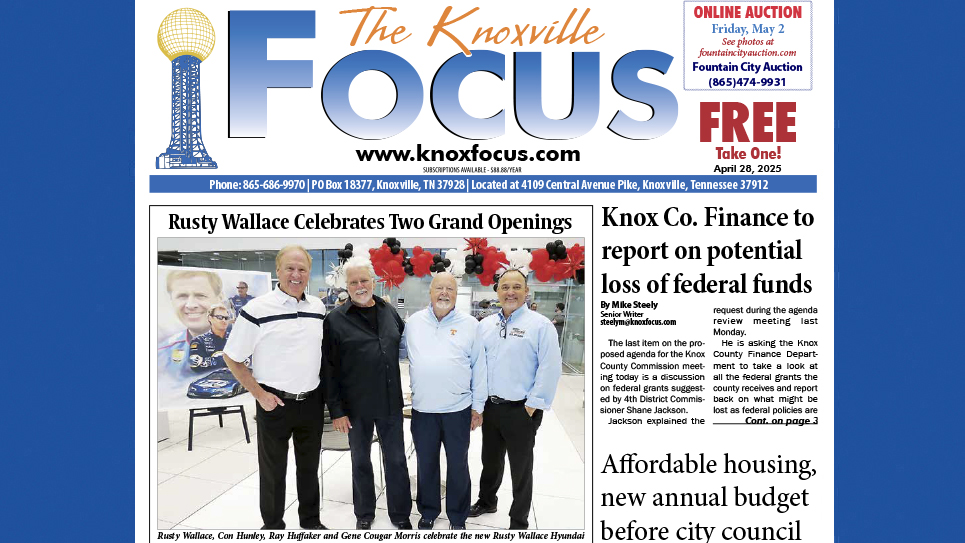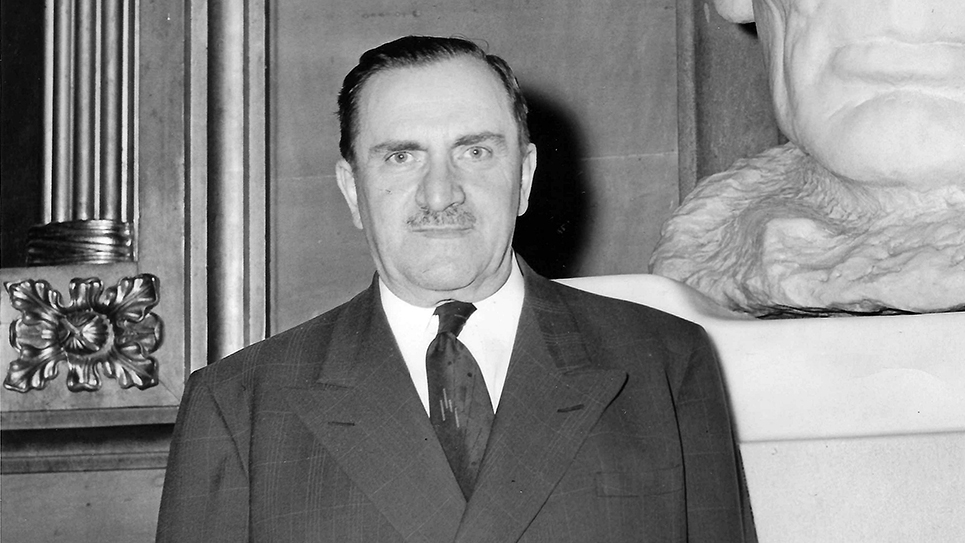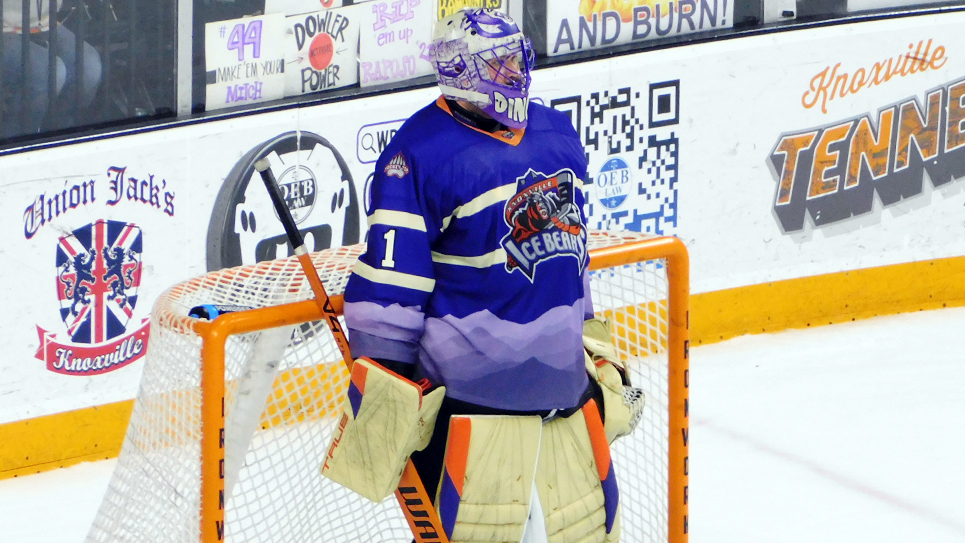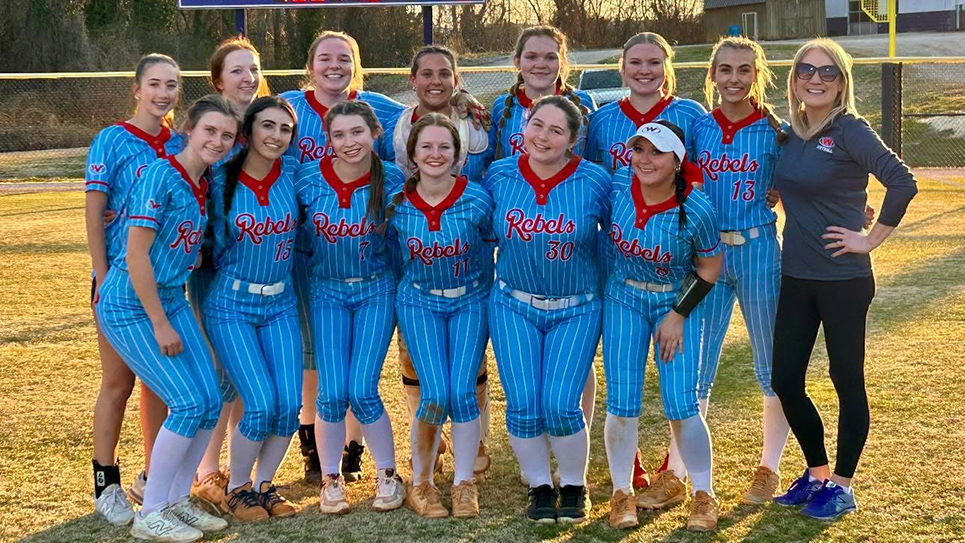By Tom Mattingly
The Vols started the 1974 season 2-3-1. “The 2-3-1 record,” wrote the Knoxville Journal’s Russ Bebb, “brought gloom so thick you could cut it with a knife.” Losses came at Auburn (21-0), at LSU (20-10), and at home against Alabama (28-6). Tennessee head coach Bill Battle, who had been under duress from portions of the fan base since a 3-4 finish to the 1973 campaign, proclaimed a “New Season” in late October.
The Vols were 5-0-1 thereafter and earned a spot in the Liberty Bowl.
It was quite a recovery, aided considerably by an easing of the schedule from the one faced earlier in the year. There was hope, at least from Battle’s point of view, fans would remember what the Vols did down the stretch run.
This was also about the time Battle had offered quarterback and co-captain Condredge Holloway the option to leave the team, not quitting, but getting a head start toward his post-collegiate career.
“If you think that your professional career is going to be hindered by you continuing this season,” Battle said, “I’m offering you the opportunity not to play any more, to just get ready for your professional career.”
Condredge’s response was to the point and typical: “I have to be at practice.”
The Clemson game was a tight one, up and down the field, with Clemson ahead 28-27 in the final moments. The Vols needed a miracle. A loss to Clemson would have been disastrous.
Fortunately, the Vols had Holloway under center, a Houdini in orange, the “Artful Dodger,” a player who pulled off more than one miracle during his career. Sportswriters ran out of words to describe Condredge’s impact.
Battle said it best, calling Holloway “indescribable.”
There was no overtime in those days, so the word came from the brain trust on the west sideline and in the press box: go for two. “New Seasons” should never start with ties, so it was all or nothing for the Vols.
The Vols needed every inch of available real estate to get the ball into the end zone. Hearts grew faint as the Vols came to the line heading to the south end. What they saw was one of the most memorable moments in Tennessee football history.
Holloway rolled to his right and found all avenues blocked. He then began a desperate journey back to his left, looking for an orange shirt anywhere in the vicinity. He wasn’t going to take a sack and wasn’t going to throw the ball away.
As Holloway bought as much time as possible, he narrowly avoided a collision with referee Don Safrit. Just as he was going down under a white shirt with orange Tiger paws on it near the Clemson 22, Condredge lofted a pass in the direction of redshirt sophomore wide receiver Larry Seivers, the Clinton native who earned All-American honors each of the next two seasons.
Seivers made the catch in the left corner of the end zone, acting as if the play had been drawn up that way all along. He barely escaped the clutches of Gus Manning, who kept one hand on his briefcase and his cigar in his mouth while celebrating the winning score.
“That one stands out in my mind for two reasons,” Seivers said later. “One, it was a remarkable play by Condredge. And two, it was the first time I felt I had done something at Tennessee.”
During the season-ending streak, there were victories over Memphis State, Ole Miss, and Kentucky, with a tie thrown in on a rainy day at Vanderbilt.
The streak was capped by a 7-3 win over Maryland in the Liberty Bowl, on a night nobody in orange could block Maryland’s Randy White, who knocked Holloway out of the game.
With Holloway on the sidelines, sophomore quarterback Randy Wallace completed his only pass of the evening, an 11-yarder to Seivers for the winning score. The Vols were set up at Maryland’s 7 after a bad snap on a Terrapin punt.
Battle had rallied the troops to finish the 1974 season in a positive fashion. Unfortunately, the 1975 and 1976 season weren’t up to Tennessee standards, as the Vols compiled records of 7-5 and 6-5. The “Battle Era” ended in 1976 with John Majors marching home for the 1977 campaign.
Battle left with head held high and went into private business. He built the Collegiate Licensing Company (CLC) into an entity of major influence on the sporting scene, providing sports licensing services for colleges and universities. Later in his career, he was athletic director at Alabama from 2013-17.






